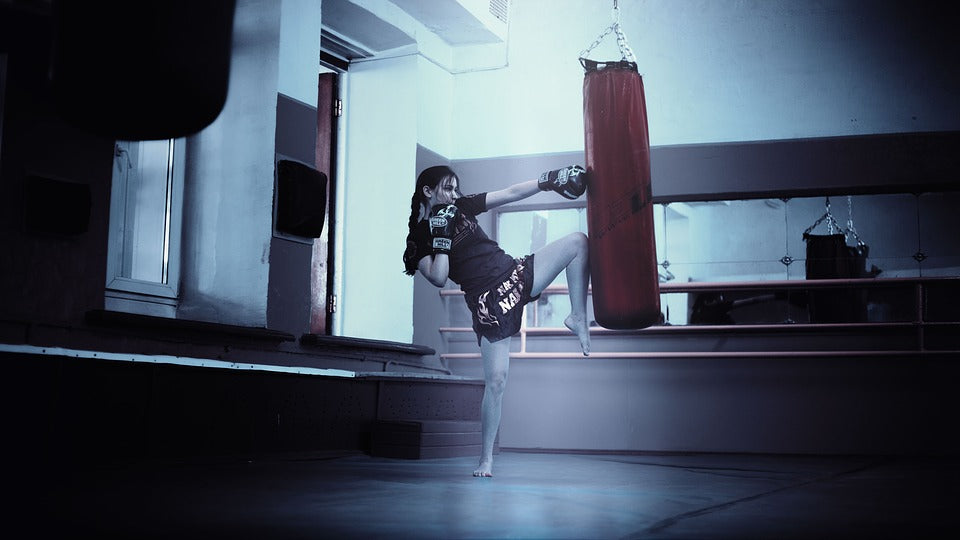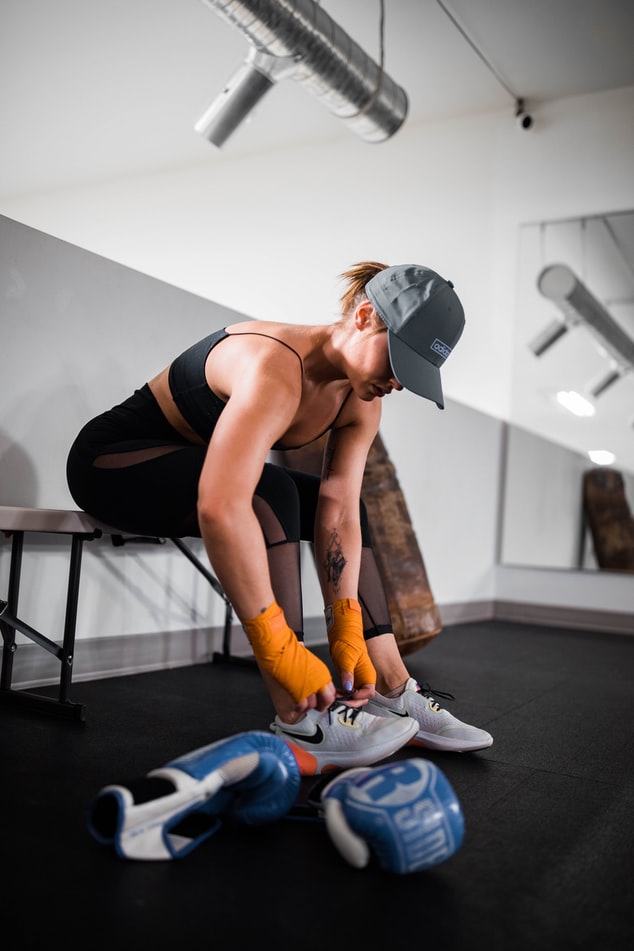
| Maxim Claes
The Basic Boxing Skills and Techniques for Beginners
Boxing is an excellent sport that has a number of health benefits, including improving strength, stamina and coordination. It has been a staple sport throughout history and can be dated back thousands of years. It’s never too late to get involved and find out why it has remained so popular.

What Are The Benefits of Boxing?
Boxing focuses on improving strength, speed, agility, hand eye coordination and power, to name just a few! You don’t need a base level of fitness to get started, and this article aims to encourage beginners to feel confident enough to give it a go!
Boxing enhances your cardiovascular health and you need to incorporate cardio exercises to protect yourself from heart disease, burn calories,and lose or maintain weight. It also is an excellent way to reduce stress, especially when practicing directly with the punching bag.
Boxing Steps and Techniques to Get You Started
In this article, we will introduce you to some basic boxing skills. Many people also ask about how to start boxing at home, since they cannot go to the boxing gym or attend professional boxing training sessions. Don’t worry – our simple guides to boxing for beginners also suit those who want to do boxing training at home.First off, the boxing stance:
Your boxing stance provides stability and ensures you’re protected and always prepared for the attack. Be sure to return to your boxing start after every move you make!
- Front toe & back heel on the center line. Dominant hand in back (if you are right-handed, put the right hand in back).
- Weight evenly distributed across both legs, knees slightly bent.
- Feet diagonal, little wider than shoulder width apart, back heel raised.
- Elbows down, hands up.
- Head behind your gloves, chin slightly down, eyes see over the gloves.
- Relax and breathe!
Footwork - Pivot and Step-drag:
The step-drag is relatively straightforward. Step in with the lead foot and drag the rear foot. This technique ensures that your weight is grounded and always ready to attack or defend. It also prevents you from walking or crossing your feet which can make you fall off balance. Try to finish all steps with your feet the same distance apart.
The pivot is usually done by pivoting off your front foot. You can use it defensively to avoid attacks, or offensively to find new punching angles. A pivot can be useful for counter-punching by taking you out of harm’s way and still keep you in range to throw counter punches.
Punching:
- Start from a relaxed position
- Exhale as you throw the punch
- Tighten your fist and body muscles at impact
- Release your hand back to you
- Turn your whole body and pivot your feet on all punches except the jab.
- Maintain your stance and balance for better power and mobility.
- Make sure the non-punching hand is defending the other side of your body.
- Exhale sharply on every shot.
- All boxing punches are basically a variation of straight punches (elbow straight), hook punches (elbow sideways), or uppercut punches (elbow down).
A couple of punching examples:
Left Straight (JAB) – the #1 punch
- Keeping the rest of your body still, extend your left fist straight forward.
- Exhale sharply as you punch, rotating the fist to land with the palm down.
- Pull the hand back immediately after impact to defend.
Right Straight (Right Cross)
- Rotate your hips and upper body CCW as you pivot your right foot (about 90 degrees).
- Exhale sharply as you extend your right fist straight out from your chin.
- Rotate the fist to land with your palm down.
- Do not let your head lean past your front knee.
An Example Workout
Below is an example 30 minute workout to get you started, and you don’t even need a partner to practice!
- 5-minute steady jump rope warmup
- 3 minutes heavy bag work, cycling between 30 seconds of all-out punching and 30 seconds of “recovery” punching at a slower rate
- 3 minutes of speed bag work and cardio, cycling between 30 seconds of alternating punching with the speed bag and 30 seconds of jumping jacks
- 3 minutes of core work – one minute plank, one minute medicine ball oblique twists, and one minute leg lifts
- 3 minutes of strength work – one minute of medicine ball squats, one minute walking lunges, and one minute staggered pushups on the medicine ball.
- 3 minutes power work – one minute broad jumps (jumping as far as you can, back and forth), and one minute per leg of side-kicking the bag (kicking the bag with the bottom of your foot as you kick your leg out laterally and lean your torso to the opposite direction)
- Repeat the heavy bag sequence
- Repeat the speed bag sequence
- 3-minute cool down with a slow and steady jump rope

We hope this article has helped encourage you to get involved in boxing. Don't forget to take a look at some of the boxing accessories we have on our website.
 »
»






